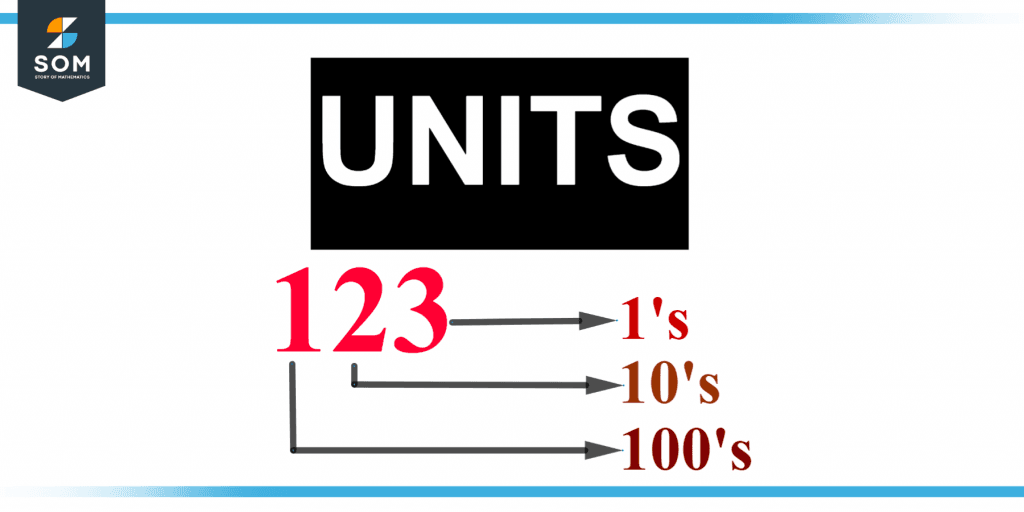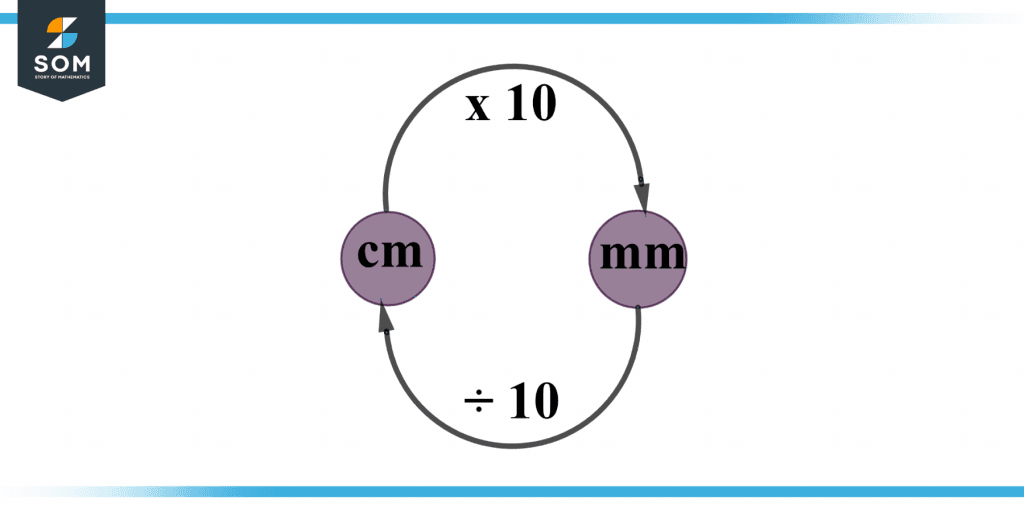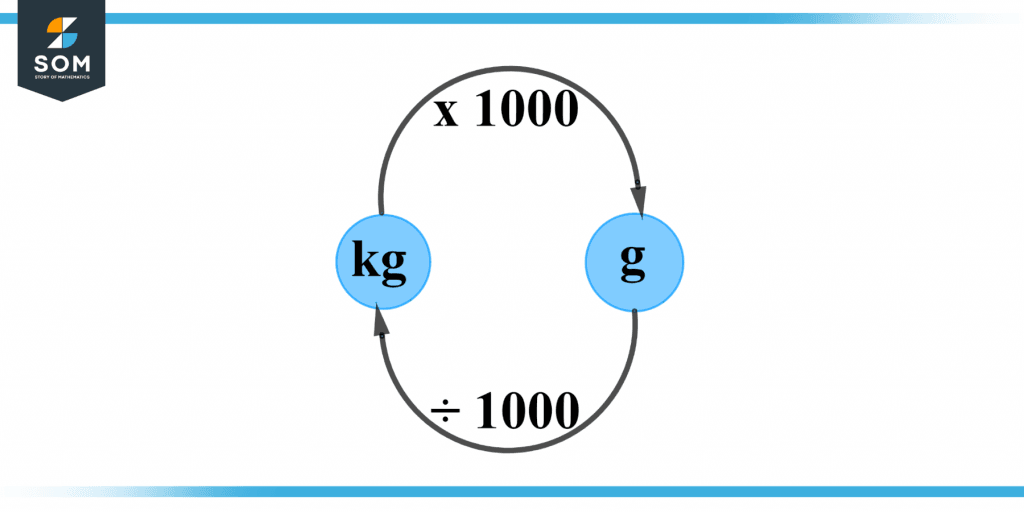JUMP TO TOPIC
Unit|Definition & Meaning
Definition
The units digit is the right-most digit of the decimal system. It represents the number of “ones” or individual items. Digits after this go as tens, hundreds, and so on. For example, suppose you have 13 books. Here, 3 is the unit digit, and 1 is the tens digit. Expanding this, we get 1 x 10 + 3 x 1 = 13, which means you have 1 set of 10 books, and 3 sets of 1 book, for a total of 13.
Every measurement is divided into two pieces. The first is the number (y), while the second is a unit of measure (z). X = yz. Figure 1 below shows units as ones, tens, and hundreds.

Figure 1 – Representation of units.
Units are the measuring and contrasting devices for many things. A comparison is simple when all the measuring units are the same. Depending on their intended usage, various units can be categorized. A handful of the units fit the following categories:
Conversion of Units
Unit conversion is an inter-procedure that involves multiplying or dividing by a numerical number. Weight, length, and temperature may all be measured in various ways.
Temperature is expressed in degrees Celsius, weight is expressed in kilos, and length is measured in kilometers. Imagine you are on holiday in India and are informed that the two cities are 100 kilometers apart.
Unit conversion is a multi-step procedure that involves adding, subtracting, multiplying, or dividing by a conversion factor. Additionally, rounding and choosing the appropriate amount of essential digits may be necessary during the procedure.
Converting Between Different Units
Unit conversion refers to the division or multiplication operation used to convert measurements of the same quantity between various units. The act of converting something from one measure to another in mathematics, such as from inches to millimeters or from liters to gallons, is known as conversion.
The following measurements: length, weight, capacity, temperature, and speed are all measured in units.
Measurement Units for Length
The terms millimeter (mm), centimeter (cm), meter (m), and kilometer (km) are used to describe length (km).
Figure 2 below shows the conversion between cm to mm and vice versa.

Figure 2 – Conversion of mm to cm.
Weight Measurement Units
Weight is measured in kilograms (kg) and grams (g).
Figure 3 below shows the conversion between kg to g and vice versa.

Figure 3 – Conversion of kg to g.
Units for Measuring Various Parameters
To measure various characteristics, several units of conversion were utilized.
- Counting Length
- Weighing Things
- Evaluation of Capacity
- Temperature Measurement
To better comprehend, we convert measurement units in mathematics. For ease of understanding, the distance of a desk is expressed in inches, but the distance of a garden is calculated in yards. A finger’s length cannot be expressed in kilometers. Units of measure are necessary to measure various amounts.
Numerous mathematical issues need the conversion of units. For instance, if a rectangle’s length is supplied in inches, but its width is given as feet, we must convert the units and make them consistent before calculating the rectangle’s perimeter.
Unit Conversion for Measurements
Different amounts are measured using various units. Let’s examine the measurement systems utilized for the following:
- Temperature
- Length
- Area
- Weight
- Volume
Non-standard Measuring Units
Units of non-standard measurement are employed in early childhood education to educate children about the notion of measuring without requiring them to read scales.
Reading scales of almost any sort is a challenging task in and of itself. Therefore, non-standard measurements aim to get the youngster thinking about lighter, heavier, longer, and shorter before measuring using conventional units.
Hand spans are a non-standard measurement used to determine the length of items. Using a handspan for estimating items is an informal method of determining lengths. However, due to the subjectivity involved, the measurements may vary.
Unit Conversion Diagrams
Unit Conversion Charts contain conversion factors for various units of area, length, volume, temperature, and so on, and can be used for quick and straightforward computations. The charts also serve as a unit conversion formula, assisting in converting any quantity supplied inside one unit to the other.
Factors of Conversion
The conversion factor is a value or quantity that is used to multiply or divide one group of units into another. A suitable conversion factor makes calculating quick and straightforward. For example, to change inches to feet, the correct conversion value is 12 inches = 1 foot, and to convert temperatures, we use C/5 = F – 32/9 = K – 273/5.
Examples of Units
Below are some examples of units
Example 1
In a box, Robert holds 200 ounces of sand. He pours in another 100 ounces of sand. How many pounds of sand he has in total?
Solution
First, calculate the total weight of the sand in ounces.
200 ounces plus 100 ounces equals 300 ounces
Convert the weight of the sand to pounds.
One ounce equals 0.0625 pounds. In pounds, 700 ounces of sand equals 700 ounces times 0.0625 pounds per ounce = 437.5 pounds.
As a result, Robert now owns 437.5 pounds of sand.
Example 2
John is carrying 100 ounces more sand in a box. He adds another 50 sand ounces. Calculate how many sand pounds does he have in total?
Solution
First, figure out the total mass of something like the sand per ounce.
100 ounces + 50 ounces approximately equals 150 ounces.
Change the weight of something like the sand into pounds.
One ounce = 0.0625 pounds. 150 ounces in sand equals: 150 ounces multiplied by 0.0625 pounds for every ounce Equals 9.375 pounds
As a consequence, Robert now possesses 9.375 pounds.
Example 3
He adds 100 sand ounces more. Determine how what more sand pounds he has in total.
Solution
First, calculate the entire mass of anything, such as sand, in ounces.
300 ounces + 100 ounces = 400 ounces.
Convert the weight of anything, such as sand, into pounds.
One ounce equals 0.0625 pounds. In sand, 400 ounces is 400 ounces times 0.0625 pounds for every ounce, which is equivalent to 25 pounds.
As a result, Robert now has 25 pounds of sand in his possession. As a consequence, Robert now has 25 pounds in his possession.
All Images are made using GeoGebra.
